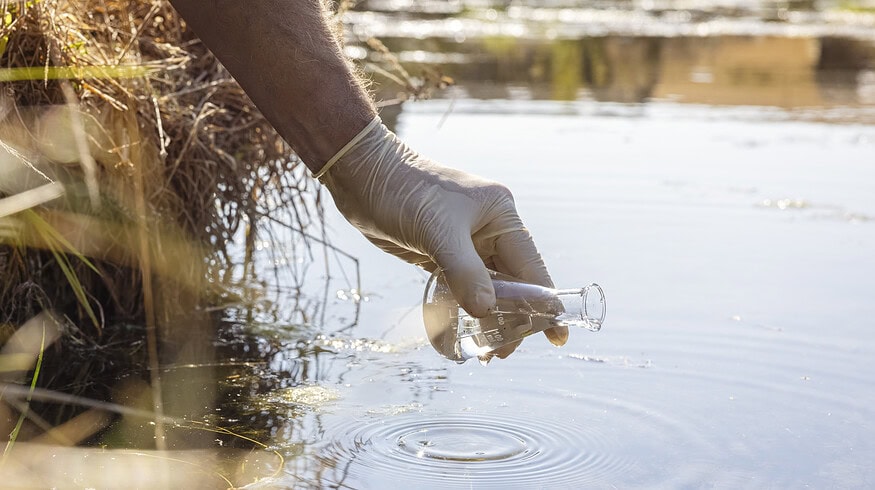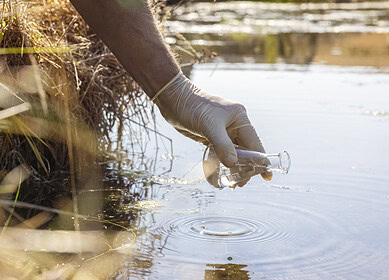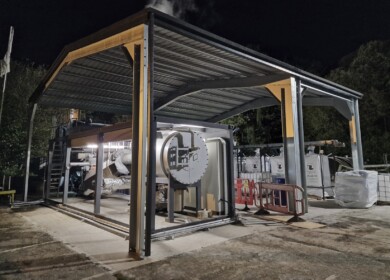Illinois researchers develop fungal treatment to convert wastewater into fertilizer

In Urbana, Illinois, researchers at the University of Illinois Urbana-Champaign are pioneering a sustainable approach to fertilizer production that utilizes organic waste. Through two innovative studies, the team has explored the potential of a fungal treatment to convert wastewater from hydrothermal liquefaction (HTL) into a viable fertilizer for agricultural crops.
Hydrothermal liquefaction is a process that transforms wet biomass, such as swine manure or food waste, into biocrude oil using high-temperature, high-pressure conditions. This process generates a byproduct known as hydrothermal liquefaction aqueous phase (HTL-AP), which typically contains valuable nutrients locked in organic forms that are not readily accessible to plants and may also contain toxic heavy metals.
Paul Davidson, an associate professor in the Department of Agricultural and Biological Engineering, explained, “While HTL-AP holds nutrients beneficial for fertilization, the organic nitrogen compounds need to be broken down into forms like ammonia or nitrate that plants can absorb, and toxic components must be removed.”
The first study, led by then-master’s student Vitória Leme, focused on employing Trametes versicolor, a type of white-rot fungus, to treat the HTL-AP. The results showed that treating the wastewater with this fungus for three days significantly increased the concentrations of nitrate and ammonia.
Following Leme’s graduation, undergraduate student Karla Lopez continued the research. In the second study, she combined the fungal treatment with a bacterial nitrification process to further convert ammonia into nitrate, achieving a 17-fold increase in nitrate concentration.
Lopez highlighted that optimal results were achieved when the microorganisms were maintained in water with a pH range of 6 to 7.5. She noted, “Our findings also suggest that the fungus not only aids in nutrient recovery but also plays a role in detoxifying the wastewater.”
Building on these promising outcomes, Davidson’s team is now exploring the use of this treated wastewater to grow hydroponic crops, aiming to establish a circular economy model that minimizes the need for long-distance transport of wet biomass. He envisions integrating this treatment system near swine farms or similar agricultural setups to streamline the process from waste generation to fertilizer application.
The research, backed by the USDA National Institute of Food and Agriculture, marks a significant step towards reducing fossil fuel consumption in fertilizer production and enhancing the sustainability of agricultural practices.
Enjoyed this story?
Every Monday, our subscribers get their hands on a digest of the most trending agriculture news. You can join them too!












Discussion0 comments